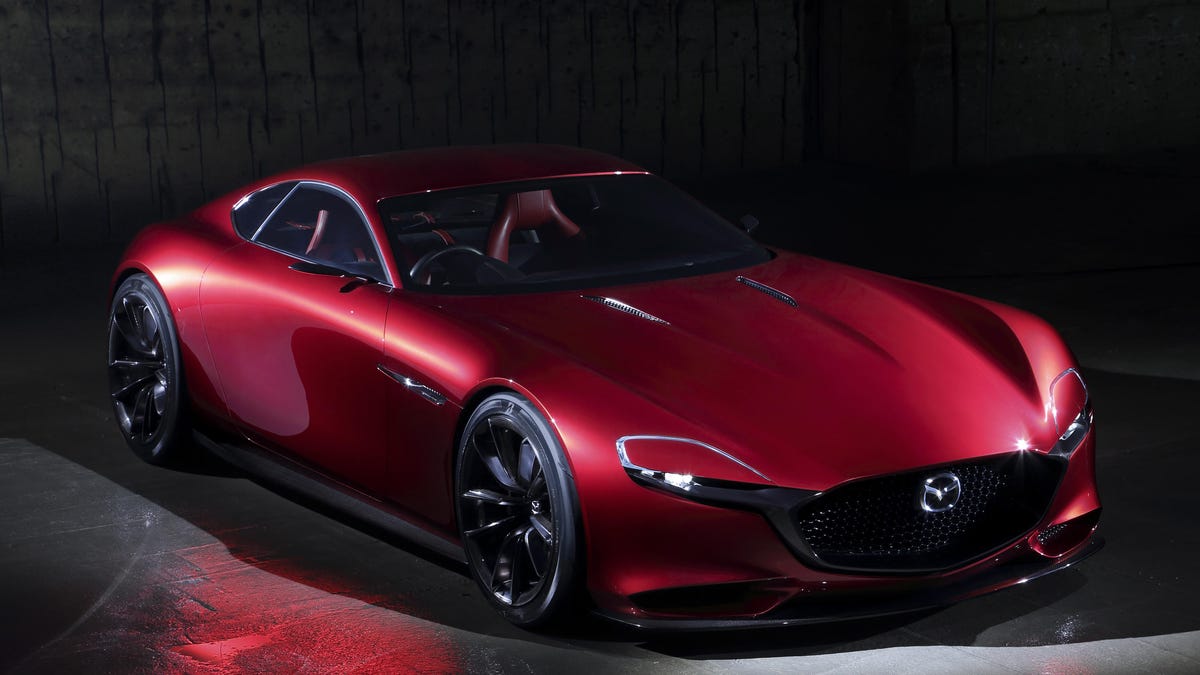Mazda rotary engine stars in complex hybrid patent
Rotary engines aren't very efficient, but Mazda has long said they could still serve a purpose.
Will we see another rotary-engine-powered sports car from Mazda one day? Who knows. Rumors peg such a car, perhaps called the RX-9, as on and off within the automaker, but we've seen a handful of patent images suggest engineers haven't given up on the rotary. In fact, the latest one places the power plant in an important role in a grander hybrid powertrain.
Japanese website T's Media first discovered the patent images, which Motor Trend first published in the US last Wednesday. This patent sort of makes the rotary engine the star, but there's an asterisk. Instead, it's one piece of a very intricate powertrain, and the rotary engine doesn't actually drive the rear wheels. It pairs with an electric motor that can drive the rear wheels on its own, or add power to the engine. The e-motor itself works with a small battery and an inverter.
Wild enough? It gets crazier. There are two inverters and a double-layer capacitor at the front of the car with the engine, and there are hub motors in the front wheels running at a higher voltage than the rest of the car. Now we're looking at an on-demand all-wheel-drive system with the help of the capacitors, which store energy better than batteries. They also weigh much less.
So, when the hub motors motors need energy, the capacitors send their juice and recharge during braking. If there's not enough charge going on during braking, the onboard battery can also supply juice. On the flip side, the capacitors can also send juice to the battery when it's not needed. It's all very clever and every bit seems to work in the name of shedding weight from the typical hybrid powertrain.
Now, the disclaimer. A patent is just that, and it doesn't necessarily foreshadow a production powertrain. By the looks of this, it'd be mighty complex and probably suited to a very expensive car. Then again, it sounds like just the setup for a flagship sports car. Mazda told Roadshow this is a Japanese patent filed for "overall vehicle development, but not to a named model" and encouraged our dear readers to voice their opinion for a vehicle application. As the writer, not the reader, I certainly hope Mazda has an RX-9 in mind.


